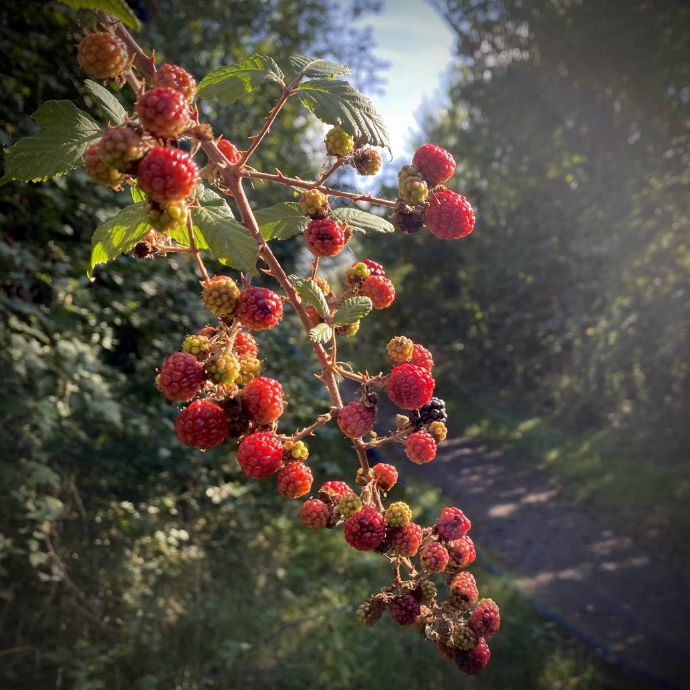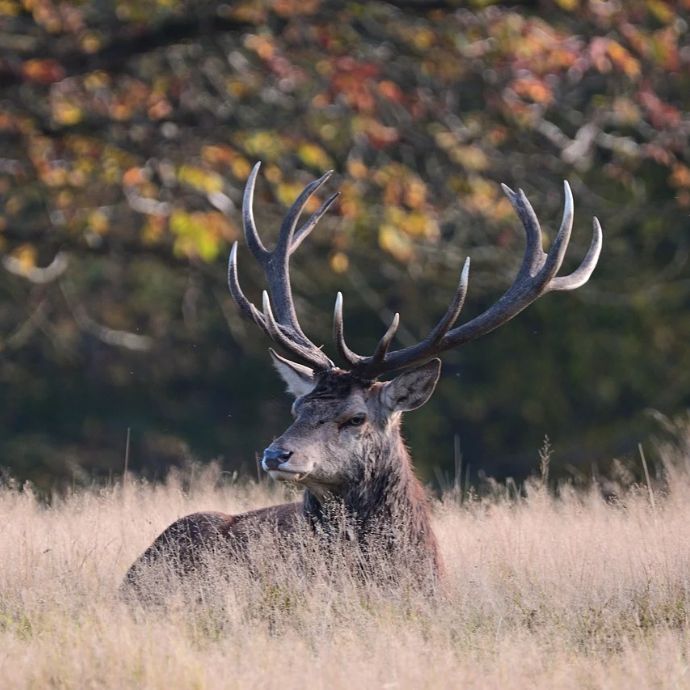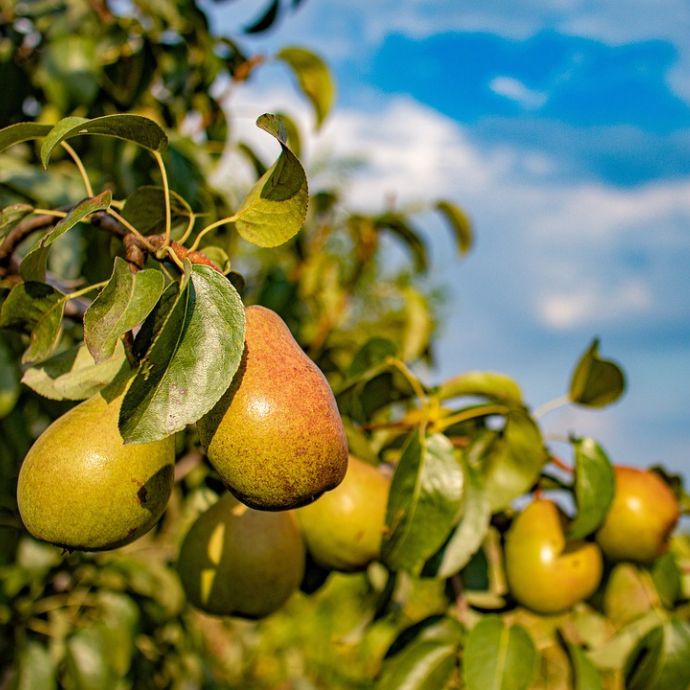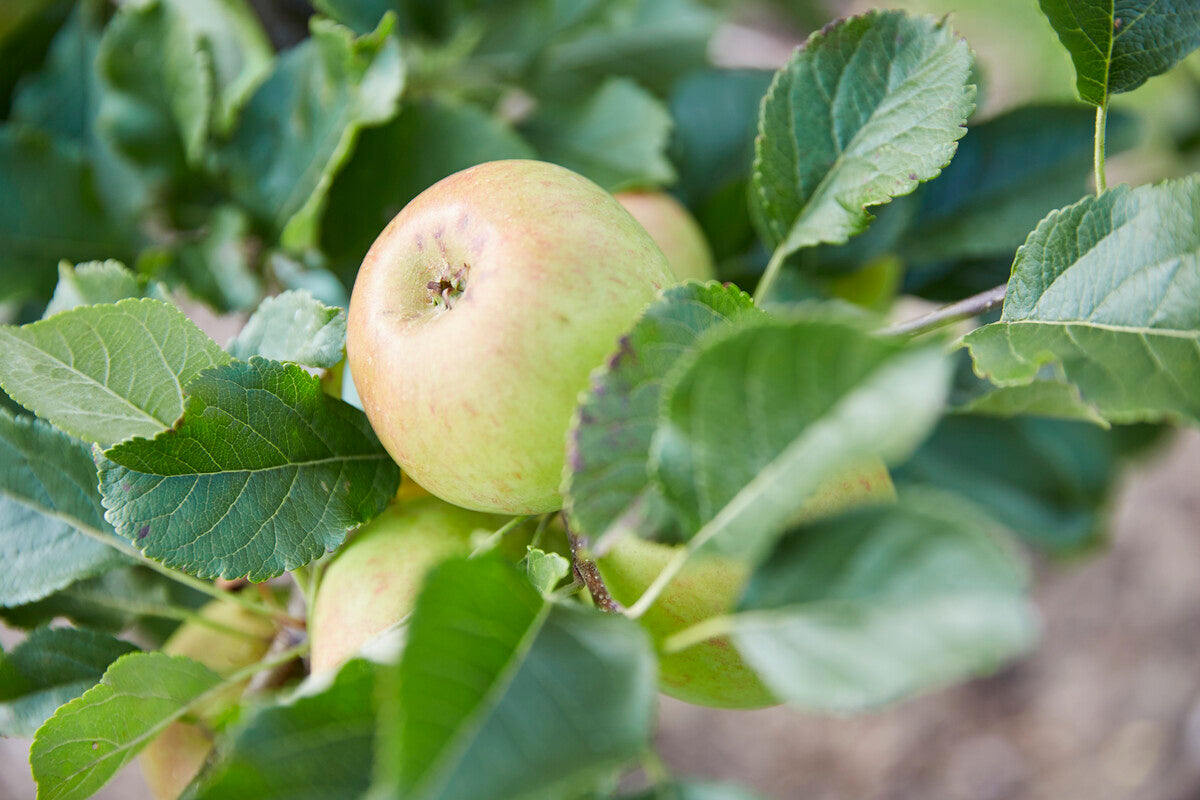Advice & Inspiration
Apple Tree Diseases: Signs, Prevention and Cure
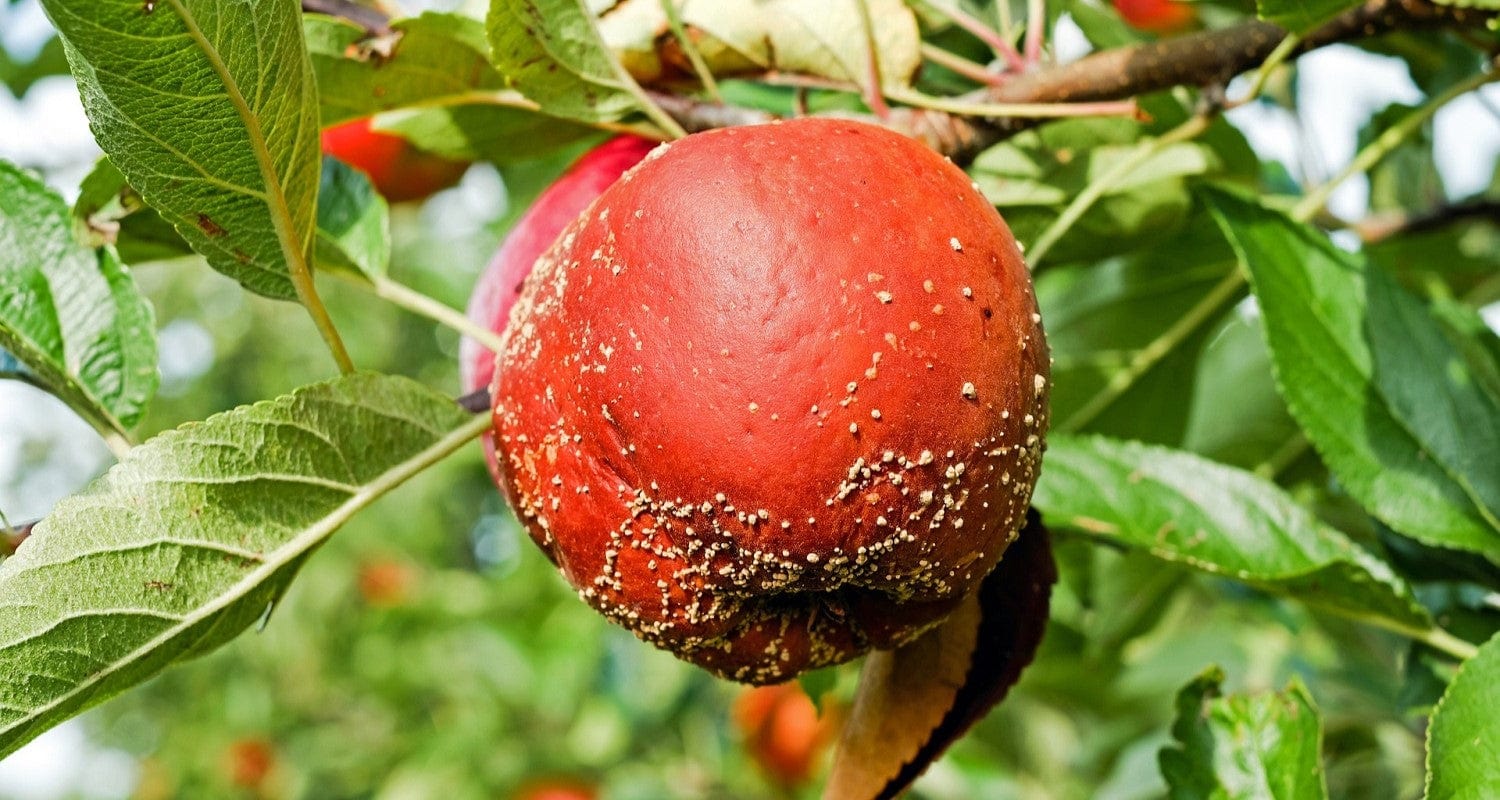
Apples are one of the easiest and most productive trees you can grow. Plant a good strong bare root tree in autumn or winter and within two years you’ll be picking apples - happy days! If you plant your tree in a good position, water and feed it regularly and keep it well pruned, you shouldn’t encounter any problems.
But what happens when apple trees go wrong? Even the most resilient of them can sometimes be affected by disease and if they do, it’s vital to recognise the symptoms so you can act quickly. Here’s a rundown of the most common apple tree diseases and how to treat them.
Apple Scab
What it looks like
If your tree has apple scab, you might see khaki green, velvet-textured blotches on the leaves which get darker over time. The leaves might drop, twigs may look blistered or cracked and brown or black patches (scabs) might appear on the fruit. It’s more likely to occur during wet summers or in areas with heavy rainfall.

Image credit: Luke Milliron.
How bad is it?
Minor attacks of apple scab will give you ugly looking apples, but they can still be eaten - unfortunately they won’t store as well, so if you have a glut you’ll need to cook and freeze them.
If the scabs split to form lesions, the fruit will need to be removed straight away as these can let other infections in.
What to do
You can’t always get rid of apple scab completely, but you can reduce it and stop it spreading by pruning away infected twigs and leaves then destroying them (don’t put them on the compost heap). The spores spread through fallen leaves into the soil, so make sure you pick up and destroy them all as soon as they fall.
Apple Canker
What it looks like
Apple canker attacks the tree bark, making a flaky, peeling, sunken crater in it where the bark has died back. Sometimes the wood around the canker looks swollen. Eventually the branch dies. These cankers start in spring, often at a bud or a wound on the tree.

Image credit: Wikimedia.
How bad is it?
Canker will make some of your tree’s branches die back and occasionally the fruit will rot and fall off. Canker is more likely if your tree is in heavy, wet or acidic soil, but you can guard against it by improving the drainage of your soil and adding lime to reduce the acid levels.
What to do
If your tree has canker you’ll need to cut out all the infected parts when you’re doing your winter pruning, cutting well back to fresh green wood.
Powdery Mildew
What it looks like
You’ll see a white, powdery coating on the upper side of the leaves and sometimes the blossom. The leaves might look smaller or misshapen and they may fall early.

Image credit: BlueRidgeKitties.
How bad is it?
The worst of powdery mildew is usually that it weakens the tree, allowing other infections to take hold. If it spreads to the blossom, this will reduce your crop of fruit.
What to do
You can prevent powdery mildew by spacing your trees well and not overcrowding your beds. Pruning your apple tree every year will also encourage good air circulation through the branches. If there’s a long dry spell, make sure you water your tree well as mildew hits worse when the soil dries out. You can get rid of powdery mildew by pruning out the affected parts in summer and making sure you pick up all the fallen leaves in autumn, as the infection spreads through soil.
Brown Rot
What it looks like
Does what it says on the tin - this fungal infection looks like brown mould. If you leave the fruit on the tree it shrivels up and looks kind of mummified. Brown rot gets in through holes and scrapes that have been made by apple scab infection, hungry birds or wasps.

Image credit: Peter Häger.
How bad is it?
If you don’t remove the affected fruit quickly, it can spread through your whole crop - whether it’s still on the tree or in storage.
What to do
This infection spreads throughout clusters of apples, so you need to remove the affected fruit as soon as possible and dispose of it anywhere but the compost heap.
Blossom Wilt
What it looks like
Blossom wilt appears in spring, when you’ll see the blossom and leaves on your tree turn brown and shrivel up. Sometimes when it’s wet you’ll also see small light brown pustules. Lovely.
How bad is it?
The problem with blossom wilt is that if it strikes before the tree is pollinated, it’ll affect your crop, leaving you with very few or no apples.
What to do
Prune off all the affected parts of the tree to slow down the spread.
Honey Fungus
What it looks like
The branches will die off either gradually or all at once, usually in a hot dry summer. The bark cracks at the base of the trunk and under the bark there will be white fungus. In wet weather you might also get honey coloured fungi growing around the base of the tree.
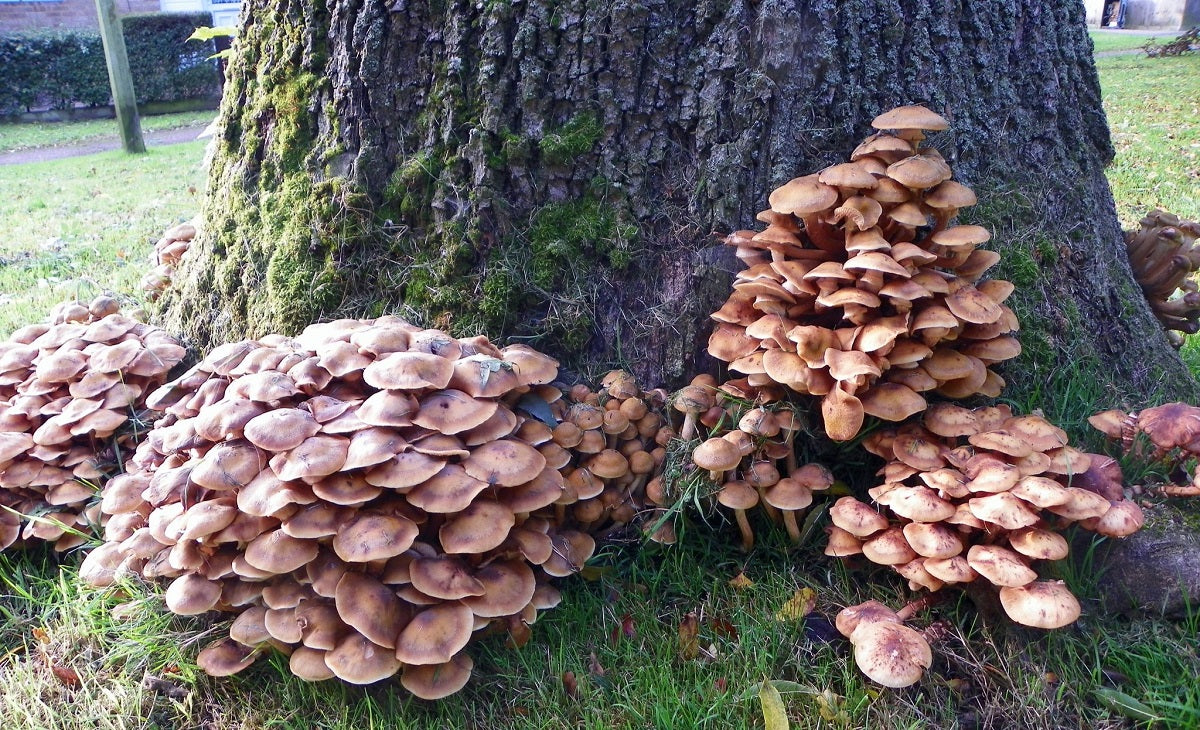
Image credit: Peter O'Connor.
How bad is it?
It doesn’t get much worse - honey fungus attacks the roots and can kill your tree.
What to do
Get rid of your infected tree and choose new plants that are resistant to honey fungus, as the infection will remain in the soil. A pear tree is a good choice of replacement, as they’re very resistant to honey fungus.
Coral Spot
What it looks like
Infected branches will have small coral pink pustules on them and may die back.

Image credit: Gail Hampshire.
How bad is it?
Coral spot itself is quite a weak infection, so it’s usually a sign that something else has weakened your tree enough to let it in.
What to do
Prune out the infected parts as soon as you see them, cutting back to healthy wood. Do this on a dry day to prevent re-infection.
Phytophthora Root Rot
What it looks like
It’s difficult to detect Phytophthora until it’s quite advanced. At this point you’ll see yellowing and browning, weak and poorly attached leaves. If you dig down to the roots and take a look, they will appear brown and decayed, with some having rotted away completely.
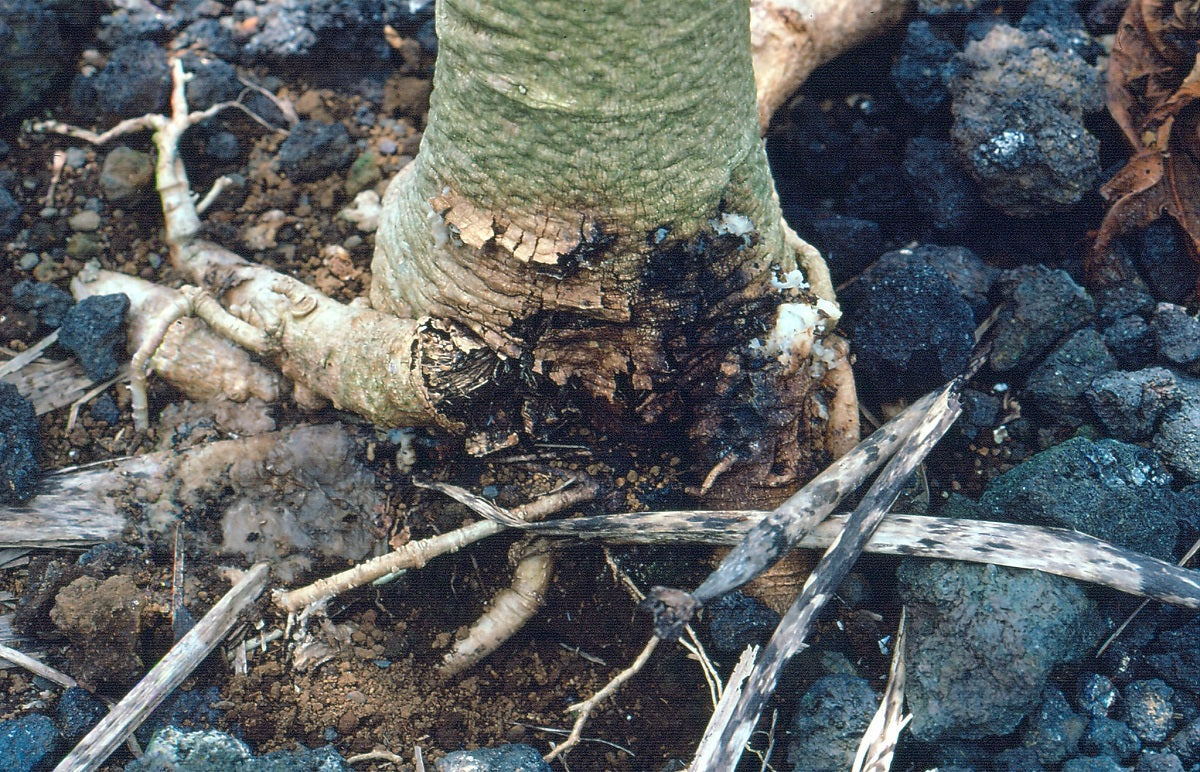
Image credit: Scot Nelson.
How bad is it?
I’ll lay it on you like mulch around a sapling, there’s no saving this one.
What to do
Sorry to say it’s another case of removing the tree, disposing of it and finding a replacement which won’t be affected. It’s also important to thoroughly clean any tools and shoes which have been in contact with the infected soil, to avoid spreading it around the garden.
Which are the most disease resistant apple trees?
Although any apple tree can be affected by disease, some varieties are naturally more resistant than others. These are our grower’s recommendations:
1. Katy
A rosy red early season apple which grows so strongly that even scab is unlikely to affect the crop. Katy also has excellent resistance to canker.
2. Grenadier
An early season cooking apple which is highly disease resistant - it’s very unusual to see Grenadier affected by any of the main apple diseases.
3. Sunset
If you’re looking for a cox-style apple, Sunset gives you that distinctive shape and flavour but with much better disease resistance.
4. Spartan
Birds and aphids tend to avoid Spartan! It can be prone to scab in wet or damp conditions, but for areas with warmer, drier weather it remains unaffected.



